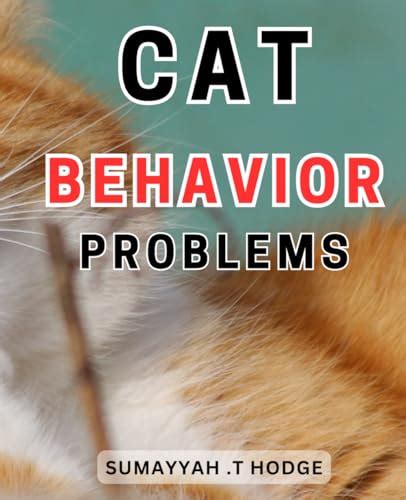Introduction

Cats, endearingly known as furry companions, exhibit a complex range of behaviors and psychological traits that have fascinated scientists and cat enthusiasts alike. As 2025 approaches, advancements in cat behavior research are shedding new light on these enigmatic creatures, providing valuable insights into their unique cognitive and emotional capacities.
Understanding Cat Communication
Cats communicate primarily through vocalizations, body language, and facial expressions. Their meows, purrs, and hisses convey a wide spectrum of emotions, from contentment to distress. Body language, such as tail position, ear posture, and posture, provides additional cues about their mood and intentions. By learning to interpret these subtle signals, owners can establish deeper bonds with their feline friends.
Cats and Play Behavior
Play is an essential part of a cat’s life, serving both physical and mental stimulation. Kittens engage in play to develop hunting skills and social behaviors, while adult cats use play to relieve stress, bond with their owners, and maintain physical fitness. Different types of play, such as chasing, pouncing, and wrestling, cater to each cat’s individual preferences.
The Importance of Environmental Enrichment
Cats have an innate curiosity and a strong need for environmental stimulation. Providing them with a variety of toys, scratching posts, hiding places, and interactive games can help prevent boredom and promote overall well-being. Additionally, ensuring their environment is safe and free from stressors, such as loud noises or unfamiliar people, is crucial for their psychological stability.
Cat Psychology: Bonding and Attachment
Cats are often perceived as solitary creatures, but they can form strong bonds with both their owners and other cats. The process of bonding involves mutual trust, affection, and a sense of security. Research has shown that cats prefer to spend time with humans who exhibit positive behaviors, such as gentle petting, soft voices, and appropriate play.
Behavior Problems and Solutions
Despite their generally affectionate nature, cats can sometimes exhibit behavior problems, such as aggression, scratching furniture, or inappropriate elimination. These behaviors may indicate underlying medical or psychological issues, such as stress, anxiety, or pain. Consulting with a veterinarian or animal behaviorist can help identify the cause and develop effective solutions.
Cat Behavior vs. Human Behavior
Comparing cat behavior to human behavior can provide insights into the similarities and differences between these species. For instance, cats are known for their independence and aloofness, while humans tend to be more social and expressive. Differences in cognitive abilities, such as language and abstract reasoning, are also evident. However, both cats and humans exhibit emotions, such as joy, fear, and sadness.
Emerging Trends in Cat Behavior Research
Advancements in technology and research methods are continuously expanding our understanding of cat behavior. Machine learning and computer vision algorithms are being used to analyze cat vocalizations and body language, providing new insights into their communication patterns. Additionally, studies using functional magnetic resonance imaging (fMRI) are shedding light on the neural basis of cat emotions and decision-making.
Conclusion
From their enigmatic communication styles to their playful and affectionate nature, cats have captivated our hearts and minds for centuries. As we approach 2025, the field of cat behavior and psychology continues to evolve, offering remarkable discoveries that enhance our understanding and deepen our bonds with these beloved companions. By embracing the latest research findings and implementing practical strategies, we can provide our cats with the enriched and fulfilling lives they deserve.





















